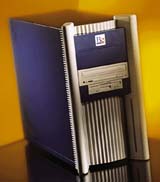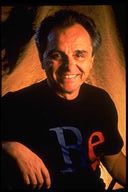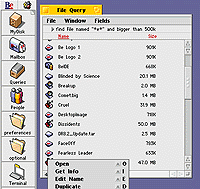|
||||||||||||
|
Be Demo Wows Columbia Audience
|
|||||||||||
They call him the "Evangelist". And he does his job well.
Formed in 1990 by Jean-Loius Gassée, former president of Apple's product division, Be's philosophy is very straightforward. Computers are being pushed to do many things they weren't intended for, and they are becoming
The hour long presentation, held in the Center for Engineering and Physical Science Research (CEPSR) on the Morningside Heights campus, was filled with disbelieving laughter and screams of excitement from the audience as people saw the BeOS and the BeBox glide through tasks they would never dream of on their PCs, or even many of their workstations. The presentation was obviously designed for a maximum "wow factor," but was filled with plenty of technical information as well.
The presentation was followed by an hour long of question and answer session. Because Be is still trying to gain development support, Scott Paterson was more than happy to answer audience questions about the operating system's internal technologies and future development plans.
After the question and answer session, the auditorium stage was swamped with people anxious to try out the new PC. Running the latest version of BeOS and sporting a dual 133 MHz PowerPC 603 motherboard, the demo machine was definitely an attractive item.
Despite their power, Be's goal is to market the new machines as personal computers, which Gassee defines as a computer that can be lifted with a credit card. A typical BeBox would include a dual 133MHz 603 processor motherboard, 16 megabytes of RAM, and a one gigabyte hard drive, plus a slew of standard features such as built in ethernet and infrared communications, for around three thousand dollars (no monitor). Although significantly more expensive than the average PC, the BeBox's price to performance ratio is untouchable by anything else on the market today.
For more information about Be, Inc. and their products, visit their web site at http://www.be.com. On Be's extensive site you will find everything from press releases to technical specifications to free software development utilities and information.
|
The Power to Be... What? An in depth analysis of
the viability of the Be platform
Be, Inc.'s very extensive web
page. If you want it, they've got it.
|
||||||||||
| © Copyright 1996 Columbia University |
|||||||||||


